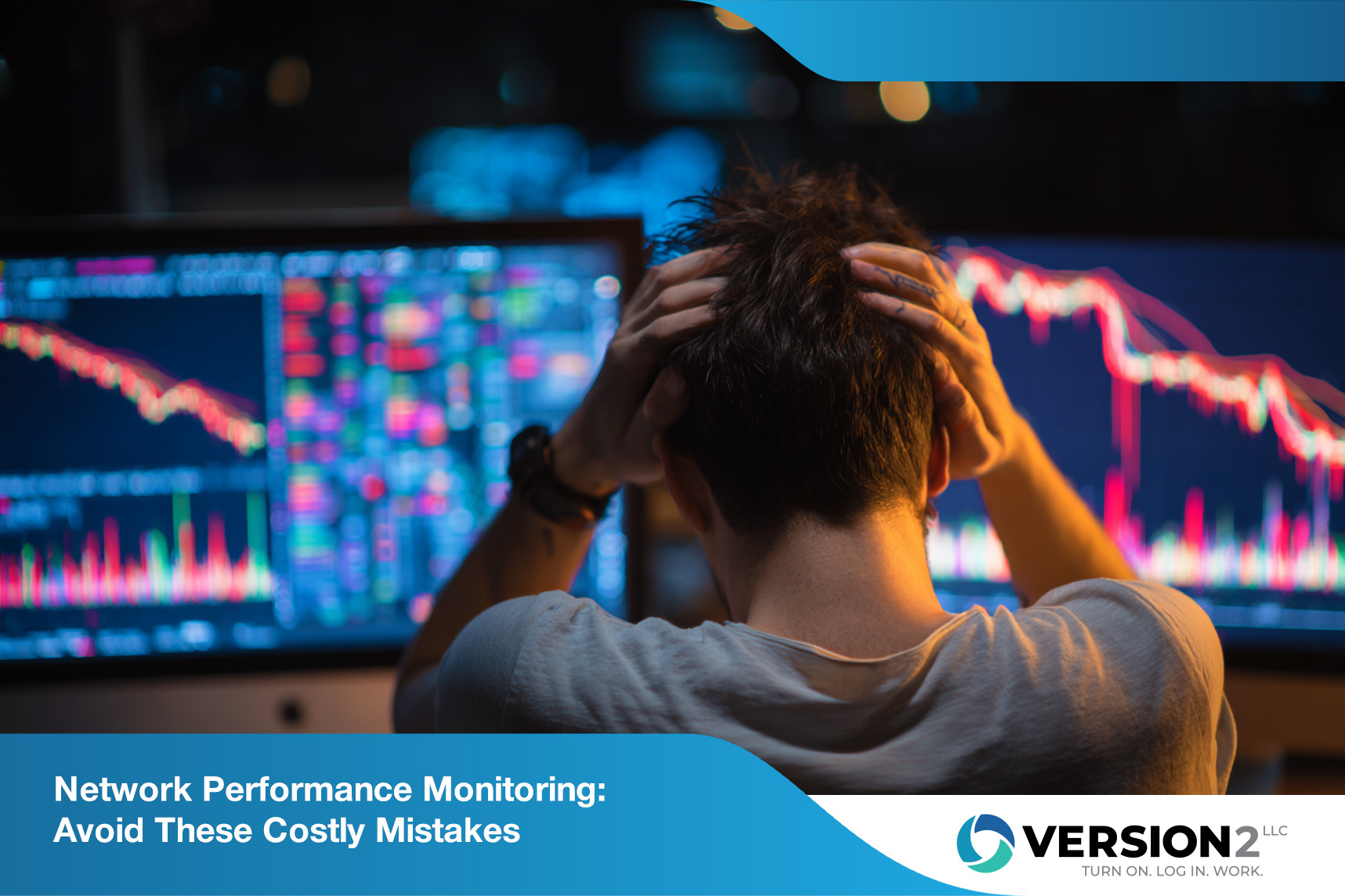
October 30, 2025
Remote Work Security: Protect Remote Access & Secure Workspaces
This blog covers remote work security essentials, including tools, risks, and best practices to help protect your team, devices, and data from cyber threats.
September 10, 2025
.jpg)
When disaster strikes, businesses without a solid strategy often face severe disruptions, financial losses, and long-term impacts on operations. That is where a business continuity plan (BCP) becomes critical. A BCP provides structured planning and recovery strategies to keep essential business functions running, even in the event of a disaster.
From natural disasters to cybersecurity threats, business disruption can happen at any time. By investing in preparedness and implementing a comprehensive BCP, your organization can minimize downtime, reduce risks, and strengthen resilience during unexpected events.
In this blog, we will explore how to create a business continuity plan, conduct a business impact analysis, prepare recovery strategies, and test recovery plans.
Planning is at the heart of every successful business continuity plan. A BCP involves identifying potential threats to a company, outlining recovery strategies, and implementing an emergency management structure to ensure resilience during unexpected events.
Businesses must prioritize preparedness because disruption can affect the operations of any organization, regardless of size or industry. Natural disasters, cyberattacks, data loss, supply chain breakdowns, or even loss of power can quickly interrupt normal business processes. Without an implementation plan, a business risks financial loss, damaged reputation, and interruption of critical business functions.
Effective planning helps ensure that continuity of operations remains possible. The goal is not only prevention and recovery but also the ability to adapt to different disaster scenarios.

To create a business continuity plan, start with a structured approach that ensures risks are identified, recovery priorities and strategies are outlined, and recovery time objectives (RTO) and recovery point objectives (RPO) are clearly defined.
Key steps include:
A well-documented BCP helps maintain normal business processes during interruption and ensures your plan helps the organization to continue even in the event of a disaster.

A business impact analysis and risk assessment are two critical steps when building your business continuity plan.
A business impact analysis identifies how business functions and processes would be affected by different disaster scenarios. It evaluates the impact of a disruption on revenue, supply chain, customer trust, and business operations. The analysis helps define recovery time objectives and recovery point objectives, which are essential for effective recovery plans.
Risk assessment focuses on identifying potential threats and vulnerabilities. This includes cybersecurity risks, natural disasters, outages, and different risk scenarios. By combining impact analysis and risk assessment, you can prioritize recovery strategies and strengthen resilience.
A successful business relies on its ability to mitigate risks and prepare for potential disruptions before they occur.
Disaster recovery strategies are at the core of every BCP. A disaster recovery plan outlines the recovery procedures and steps necessary to restore business operations after an interruption.
Key strategies include:
By implementing prevention and recovery strategies, your organization is ready for anything and can withstand the impact of disruptions.
Preparedness goes beyond creating a document. A BCP in place must be regularly updated, tested, and adapted to evolving risks. Testing business continuity ensures recovery priorities and strategies remain effective when disaster strikes.
The business continuity team should run regular recovery testing, including simulations of disaster scenarios such as cyberattacks, loss of revenue, or natural disasters. These tests help identify gaps, improve recovery time, and ensure your plan remains practical.
Emergency management also requires updating contact information for key personnel, ensuring the continuity team is trained, and making sure your business objectives align with recovery strategies.

A business continuity plan is not just a document—it is a strategy that ensures your business can continue operating despite disruption. By conducting impact analysis and risk assessment, defining recovery time objectives and recovery point objectives, and implementing backup systems, your business can reduce risks and strengthen resilience.
Preparedness and ongoing testing are critical to ensuring your plan helps the organization to continue operations under pressure. By having a clear plan to manage potential risks, you build a successful business that is ready for anything.
A business continuity plan is a framework that helps an organization to continue operating during and after a disruption. It includes planning, recovery strategies, disaster recovery procedures, and preparedness steps.
Disaster recovery is a core part of a BCP because it outlines recovery procedures and ensures recovery time objectives and recovery point objectives are met after an event of a disaster.
Recovery time objective (RTO) is the maximum acceptable time a business function can be down after an interruption. Recovery point objective (RPO) refers to the maximum acceptable amount of data loss measured in time.
Testing business continuity should be performed regularly, at least once or twice a year. This ensures recovery plans remain effective and that the continuity team is prepared for different disaster scenarios.

October 30, 2025
This blog covers remote work security essentials, including tools, risks, and best practices to help protect your team, devices, and data from cyber threats.

October 29, 2025
Explore cloud cost optimization strategies, tools, and best practices to reduce waste, manage cloud spend, and improve visibility across your cloud environment.

October 28, 2025
Discover how network performance monitoring helps detect issues, improve visibility, and optimize connectivity across hybrid and on-premises environments.